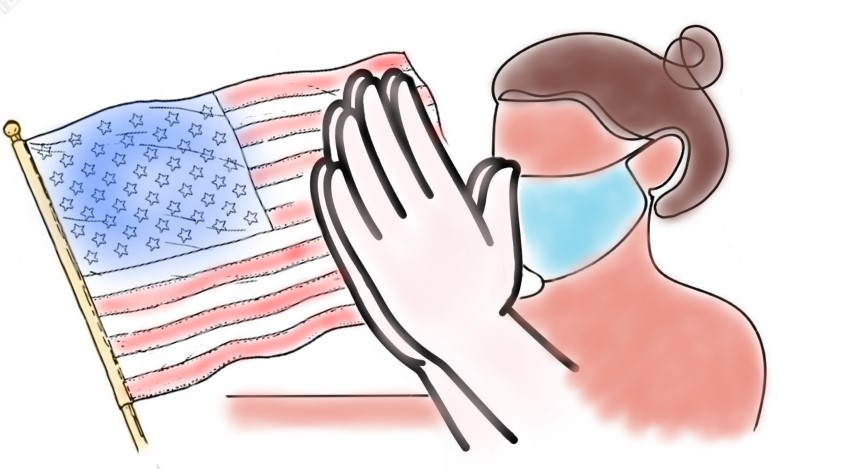
Living up to the hype, two years after release
By Greg Waldock, Staff Writer
When Hello Games announced No Man’s Sky at the 2013 VGX Awards, they unintentionally started a hype train that would derail in spectacular fashion when the game was finally released three years later. The marketing promised—or suggested the promise—of piracy, adventuring, near-infinite exploration, multiplayer mode, and a deep mythos. What players ended up with was a $60 random terrain generator that crashed every half hour and had none of the features they were most excited about. The resulting backlash was one of the loudest and most vitriolic for an indie game. After slinking into the shadows to avoid the trolls and potential lawsuits, however, Hello Games stepped up and turned No Man’s Sky into something almost legitimately good.
Much of the initial hype around the game was around its procedural generation and player freedom. The first trailers showed diverse and colorful worlds with majestic creatures and towering trees as the player dodged space pirates and engaged in colossal space battles. The actual worldbuilds ended up looking incredibly generic with a small number of art assets, and players quickly found out that aerial dogfights and space battles didn’t even exist in the scope of the game. Given the level of disappointment, it is no surprise that would-be fans hyperbolized the disaster of the release. It gave Hello Games and its charismatic leader, Sean Murray, bad reputations that stuck in the gaming community. After nearly two years of live development, though, I think it’s safe to say No Man’s Sky has done an about-face after the release of three massive free updates, and a fourth on the way. The team put in the effort despite a barrage of online hate, and they deserve the credit for it.
After three months of corporate silence following their disastrous release, Hello Games announced the start of the Foundation Update. This overhaul added base-building, space freighters, new game modes, and a ton of new art assets. A few months later the Pathfinder Update launched, adding vehicle creation, spaceship variations, and a large graphical improvement. The third update released a year after No Man’s Sky launched, and was the largest to date. It introduced an entirely new story, large-scale space battles, interstellar teleportation portals, and a ton of UI and quality-of-life improvements. All these were free, and all of them were developed by a tiny indie company in England in less than a year. That would be an impressive feat for a triple-A developer—it’s almost herculean for these guys. In the end, it was worth the effort.
Players have been drawn slowly back into No Man’s Sky. Excitement for the game is rising, partly due to the updates and to its now-reduced cost, and people have good reason to be optimistic. It’s far from what it was promised to be, but it went from having the entertainment value of a mid-2000s flash game to a fully-fledged title with a lot to enjoy. It’s an incredibly fun experience now, and best enjoyed while mindlessly zoned out listening to a podcast. If you have a long-forgotten copy or can find it for cheap, you’re doing yourself a disservice if you don’t at least give it a chance.



